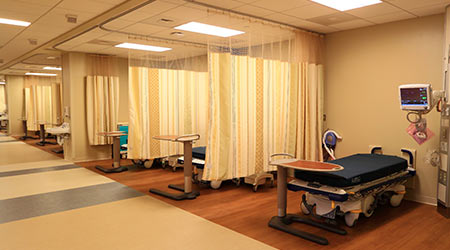
Healthcare-associated infections (HAIs) claim the lives of 75,000 Americans each year — twice the amount of people who die from car accidents or breast cancer, according to reports on the Future of Healthcare website. In addition to the human cost, HAIs cost billions in excess health care, and hospitals with the highest rates of infections also face financial penalties from the Centers for Medicare & Medicaid Services.
But most HAIs are preventable if healthcare facilities follow good infection prevention practices, such as proper hand washing, sterile techniques and cleaning and disinfection of medical equipment and high-touch surfaces in the patient room.
Research shows that when healthcare facilities take specific steps, infection rates can be decreased by as much as 70 percent.
Hospital and health system leaders set the tone by making infection prevention and control an organizational priority. They can do so by supporting their infection prevention departments with enough staff, training and resources to run effective, facility-wide programs.
Leveraging the value of specially-trained professionals who can engage frontline providers to bring the best available evidence-based practice to patient care.
Read full article here.

 The Down and Dirty on Cleaning in Virus Season
The Down and Dirty on Cleaning in Virus Season How Surfactant Use is Expanding in Commercial Cleaning
How Surfactant Use is Expanding in Commercial Cleaning